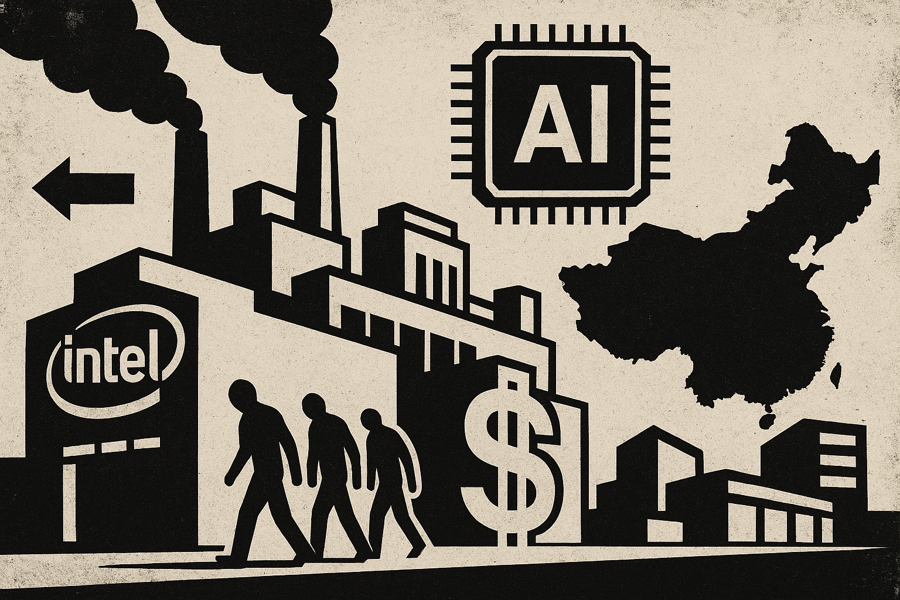Fabs and Firings

Intel is cutting jobs even after receiving $8.5 billion in federal support. Texas Instruments is investing $60 billion in U.S. production, showing the focus on domestic manufacturing. Analysts are noting changes in how companies compete, with regional production, AI demand, and in-house development becoming more important. China is being pushed to move from low-cost production to higher value innovation.
Ceramic 3D printing is gaining attention as a way to solve material and packaging issues. At the same time, trade rules are adding stress to global supply chains. Engineers now need to consider policy and reliability as part of their work. The teams that succeed will be those who can match strong engineering with clear thinking about the market and global risks.
📉 Intel Cuts Thousands After $8.5B Government Boost
Intel is slashing jobs across multiple business units even after receiving $8.5B in CHIPS Act subsidies. The layoffs reflect deep restructuring efforts as the company races to catch up with TSMC and Samsung. Critics argue the timing raises questions about government accountability and return on investment.
🌍 Why Chip Fabs Are the Backbone of Modern Civilization
From powering EVs to driving AI models, semiconductor fabs are critical to modern life. This deep dive lays out how chip factories sit at the nexus of national security, economic strategy, and tech innovation and why they’ve become ground zero in geopolitics.
🇨🇳 Caixin: China’s Chip Industry Must Escape the Race to the Bottom
A searing opinion from China’s top business outlet calls on the country to abandon its low-cost chipmaking strategy. Instead of flooding the market with cheap, outdated tech, experts argue for a focus on R&D and quality-driven innovation.
🤝 TI Aligns with Trump White House on $60B Manufacturing Push
Texas Instruments is partnering with the Trump administration in a sweeping $60B domestic manufacturing initiative. The deal could reshape the analog chip landscape while reinforcing U.S. supply chain independence.
🧭 Analyst: The Semiconductor Map Is Being Redrawn
A top analyst breaks down how the chip industry is entering a realignment phase. Expect more regional specialization, vertical integration, and shifts in capital allocation as companies react to policy, talent shortages, and AI demands.
🧩 Adapting Under Pressure: The Industry’s Pivot Playbook
From strategic M&A to ecosystem alliances, semiconductor firms are turning to adaptive tactics amid market instability and global risk. This piece outlines how leading players are staying resilient and what might separate winners from survivors.
🏗️ 3D Printing Ceramic Chips? It’s Happening.
Ceramic 3D printing is gaining ground as a solution to thermal, design, and contamination challenges in chip production. The tech could open new frontiers in packaging and edge computing if it scales commercially.
🌐 New Trade Rules Widen the Semiconductor Divide
Global policy shifts, especially from the U.S. and EU, are deepening supply chain fractures in the chip world. Export restrictions, tariff battles, and IP enforcements are forcing companies to rethink how and where they build.